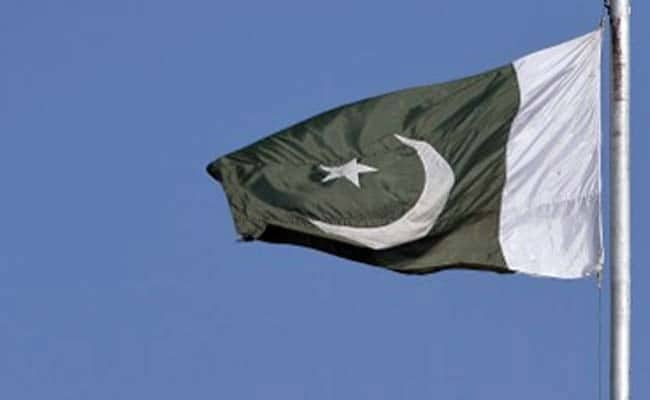
Poverty in Pakistan rose within one year from 34.2 per cent to 39.4 per cent.
Islamabad:
Poverty in Pakistan shot up to 39.4 per cent as of last fiscal year, with 12.5 million more people falling into the trap due to poor economic conditions, the World Bank has said, as it urged the cash-strapped country to take urgent steps to achieve financial stability.
The Washington-based lender on Friday unveiled draft policy notes that it prepared with the help of all stakeholders for Pakistan’s next government ahead of the new election cycle, Pakistan’s Express Tribune newspaper reported.
Poverty in Pakistan rose within one year from 34.2 per cent to 39.4 per cent, with 12.5 million more people falling below the poverty line of the USD 3.65 per day income level, according to the World Bank. About 95 million Pakistanis now live in poverty, it said.
“Pakistan’s economic model is no longer reducing poverty, and the living standards have fallen behind peer countries,” said Tobias Haque, the World Bank’s lead country economist for Pakistan.
The global lender urged Pakistan to take urgent steps to tax its ‘sacred cows’ – agriculture and real estate – and cut wasteful expenditures in an effort to achieve economic stability through steep fiscal adjustment of over 7 per cent of the economy.
Pointing out that the increase in poverty was consistent with ground realities, the World Bank identified low human development, unsustainable fiscal situation, over-regulated private sector, agriculture and energy sectors as the priority areas for reforms for the next government.
It proposed measures – immediately increase the tax-to-GDP ratio by 5 per cent and cut expenditures by about 2.7 per cent of GDP – aimed to put the unsustainable economy back on a prudent fiscal path.
The lender’s note on strengthening government revenues showed a host of measures to improve the revenue-to-GDP ratio by 5 per cent through the withdrawal of tax exemptions and increasing the burden of taxes on the real estate and the agriculture sectors.
The World Bank is deeply concerned about the economic situation of today,” Haque said.
He added that Pakistan is facing serious economic and human development crises, and is at a point where major policy shifts are required.
“This may be Pakistan’s moment for significant policy shift,” said Najy Benhassine, the country director for Pakistan at the World Bank.
Pakistan has the capacity to collect taxes equal to 22 per cent of the GDP, but its current ratio is only 10.2 per cent – showing a gap of more than half, according to the World Bank note.
The lender proposed reducing distortive exemptions to generate taxes equal to 2 per cent of the GDP. It wanted an increase in taxes on land and property to collect another 2 per cent of GDP in revenues and generate another 1 per cent of the GDP from the agriculture sector.
The World Bank proposed a mandatory use of CNIC (Computerised National Identity Card) for transactions, particularly of assets.
It also proposed reducing energy and commodity subsidies, implementing a single treasury account, and imposing temporary austerity measures in the short term to save about 1 per cent of the GDP equivalent expenditures.
In 2022, the government’s deposits in commercial banks amounted to over Rs 2 trillion, and due to its sovereign borrowings in the absence of use of this idle cash, an amount of Rs 424 billion was paid in interest, the World Bank said.
For the medium term, it proposed reducing federal development and current expenditures on provincial nature projects, reducing spending on loss-making entities, and improving the quality of development spending to save about Rs 1.4 trillion. The cumulative impact of these short- to medium-term savings is 2.7 per cent of the GDP.
Pakistan is heavily subsidising the agriculture sector, leading to low productivity, the global lender said, adding that the government can reduce Rs 328 billion in spending by winding up ministries that fall in the provincial domain.
It said that another Rs 70 billion can be saved by devolving the Higher Education Commission to the provinces, and Rs 217 billion savings can be ensured through cost sharing of BISP (Benazir Income Support Programme) with the provinces.
This comes as inflation soared to 27.4 per cent in August after the cash-strapped country received USD 1.2 billion from the Washington-based International Monetary Fund in July, a part of the USD 3 billion bailout programme for nine months to support the government’s efforts to stabilise the country’s ailing economy.
Pakistan’s economy has been in a free-fall mode for the last many years, bringing untold pressure on the poor masses in the form of unchecked inflation.
(Except for the headline, this story has not been edited by NDTV staff and is published from a syndicated feed.)




